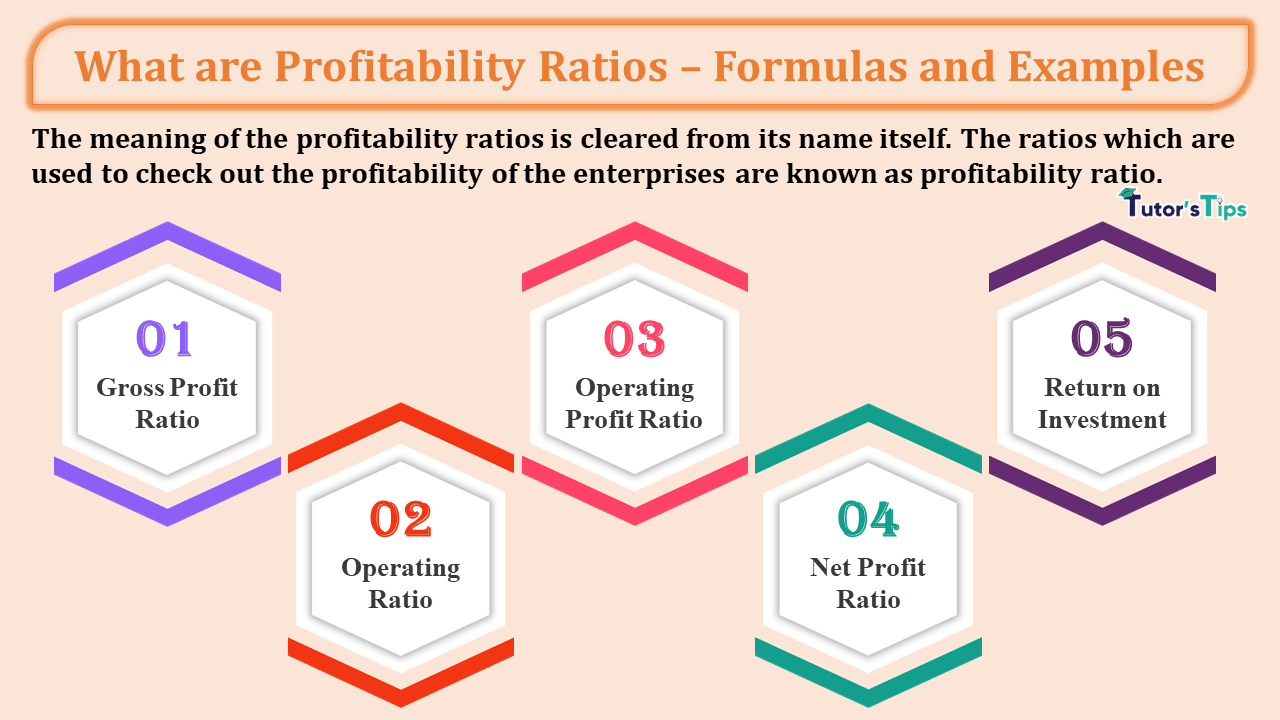The ratios are used to the analysis of the two or more any type of related items and express them in arithmetic expression but Accounting Ratios are used to analyze the only related financial items.
What is Accounting Ratio?
“Accounting Ratios” is the sub-group of the ratio, These are used by accountants or other related parties to analyzing the interdependent Financial items of the financial statement of the business. Accounting ratios are used to know the profitability, efficiency and financial position of the company.
Definition of the Accounting Ratios:
“The term accounting ratio is used to describe significant relationships which exist between figures shown in a Balance Sheet, in a Statement of Profit and Loss, In a budgetary control system or in any part of the accounting organisation.”
– J. Betty
Classification or Types of Accounting Ratios:
The Accounting Ratio can be classified into the four following types: –
- Liquidity Ratios
- Solvency Ratios
- Activity or Performance Ratios
- Profitability Ratios
1. Liquidity Ratios:
Liquidity refers to the capacity of the business to pay its short term liability as and when it becomes due. So, The liquidity Ratios are used to know the company’s capacity to pay its short term liabilities. The high liquidity ratio ensures that the company is in a good position to meet its financial obligation and vice versa.
To pay the short term liabilities means paid the total due amount of short term liabilities by realising amount from the company’s short term assets.
Ratios calculated to check the liquidity of the business:
1. Current Ratio:
The current ratio is used to compare the current assets with current liabilities of the business.
Formula to calculate Current Ratio:
| Current Ratio | = | Current Assets |
| Current Liabilities |
2. Quick or liquid Ratio
The Quick or liquid Ratio is used to compare the Liquid assets with current liabilities of the business.
Formula to calculate Quick or liquid Ratio :
| Current Ratio | = | Liquid Assets |
| Current Liabilities |
3. Absolute liquid or cash Ratio:
The Absolute liquid or cash ratio is used to compare the Absolute liquid assets with current liabilities of the business.
Advertisement-X
Formula to calculate Absolute liquid or cash Ratio:
| Current Ratio | = | Absolute liquid Assets |
| Current Liabilities |
2. Solvency Ratios:
Solvency refers to the capacity of the business to pay its long term liability as and when it becomes due. So, The Solvency Ratios are used to know the company’s capacity to pay its long term liabilities.
To pay the long term liabilities means paid the total due amount of long term liabilities by realising amount from the company’s total assets.
Ratios calculated to check the liquidity of the business:
1. Debt to Equity Ratio:
The Debt to Equity ratio is used to compare the Equity (i.e.shareholder’s funds) with debts (i.e. outsider’s liabilities) of the business.
Formula to Calculate Debt to Equity Ratio:
| Debt to Equity Ratio | = | Debts |
| Equity |
2. Total Assets to Debt Ratio
The Total Assets to Debt ratio is used to compare the Total assets with debts (i.e. outsider’s liabilities) of the business.
Formula to Calculate Total Assets to Debt Ratio:
| Total Assets to Debt Ratio | = | Total Assets |
| Debts |
3. Proprietary Ratio:
The Proprietary ratio is used to compare the Proprietors’ Funds, Equity or shareholder’s funds with Total assets of the business.
Formula to calculate Absolute liquid or cash Ratio:
| Proprietary Ratio | = | Proprietors’ Funds, Equity or shareholder’s funds |
| Total Assets |
4. Interest Coverage Ratio:
The Interest Coverage ratio is used to compare the Net profit before interest and Tax with interest on long terms debts of the business.
Formula to calculate Absolute liquid or cash Ratio:
| Interest Coverage Ratio | = | Net profit before interest and Tax |
| interest on long terms debts |
We will get ratio in times.
3. Activity or Performance Ratios:
Activity ratio is used to check out the way of the usage of resources of the enterprises. It gets to know to related parties the actual performance of the business. It is also known as performance or turnover ratio.
Ratios calculated to check the activity or performance of the business:
1. Inventory Turnover Ratio:
The Inventory Turnover Ratio is used to know the relationship between the cost of goods sold and average inventory carries during the year of the business.
Advertisement-X
Formula to Calculate Debt to Equity Ratio:
| Inventory Turnover Ratio | = | Cost of goods sold (cost of Revenue from Operation) |
| Average Inventory |
We will get ratio in times.
Now the question is how to calculate the cost of goods sold:
Total Revenue from an operation – Gross Profit
or
Total Revenue from an operation + Gross Loss
Or
Opening Inventory + Net Purchase + Direct Expenses – Closing Inventory
Now, the question is how to calculate the Average Inventory:
| Opening Inventory | + | Closing Inventory |
| 2 | ||
2. Trade Receivable Turnover Ratio:
The Inventory Turnover Ratio is used to know the relationship between the Net Credit Sales and Average Trade Receivables.
Formula to Calculate Trade Receivable Turnover Ratio:
| Trade Receivable Turnover Ratio | = | Net Credit Revenue from Operations |
| Average Trade Receivables |
We will get ratio in times.
Now the question is how to calculate the Net Credit Revenue from Operations
Advertisement-X
Credit Revenue from Operations – Credit Sale Returns
Now, the question is how to calculate the Average Inventory:
| Opening Trade Receivables | + | Closing Trade Receivables |
| 2 | ||
Trade Receivables Includes: – Sundry Debtors and Bills Receivables
Formula to Calculate Debt Collection Period:
| = | Numbers of Months(Days) in a year |
| Trade Receivable Turnover Ratio |
Advertisement-Y
3. Trade Payables Turnover Ratio:
The Inventory Turnover Ratio is used to know the relationship between the Net Credit Purchases and Average Trade Payables.
Formula to Calculate Trade Payables Turnover Ratio:
| Trade Payables Turnover Ratio | = | Net Credit Purchases |
| Average Trade Payables |
We will get ratio in times.
Now the question is how to calculate the Net Credit Purchases
Credit Purchases – Credit Purchases Returns
Now, the question is how to calculate the Average Inventory:
| Opening Trade Payables | + | Closing Trade Payables |
| 2 | ||
Trade Receivables Includes: – Sundry Debtors and Bills Receivables
Formula to Calculate Average Payment Period:
| = | Numbers of Months(Days) in a year |
| Trade Payable Turnover Ratio |
4. Working Capital Turnover Ratio:
The Working Capital Turnover Ratio is used to know the relationship between the working capital and total Revenue from an operation.
Formula to calculate Working Capital Turnover Ratio:
| Working Capital Turnover Ratio | = | Revenue from Operations |
| Working Capital |
OR
| Working Capital Turnover Ratio | = | Cost of Revenue from Operations |
| Working Capital |
We will get ratio in times.
Advertisement-X
Thanks for reading the topic.
please comment your feedback whatever you want. If you have any questions, please ask us by commenting.
References: –







2 Comments